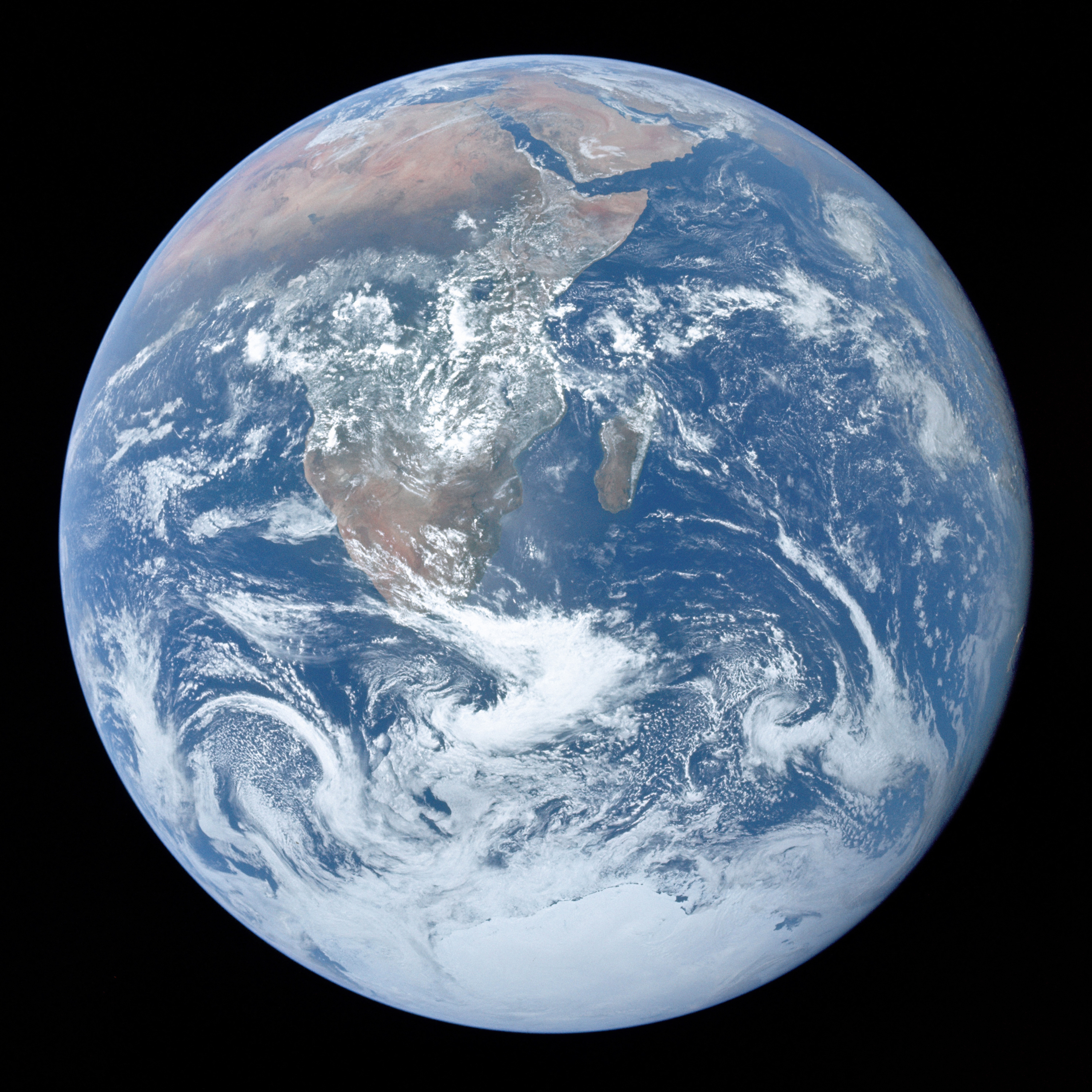This month, COP27 agreed upon a goal that has been proposed and discussed for decades: loss and damage. Because we are the water planet, we will first experience climate change through water. Pakistan suffered floods causing death, destruction, evacuations resulting in loss and damage estimated at $30 billion – in 2022’s seasonal monsoon rains made more intense through climate change. Floods drenched one-third of the country, affecting 33 million people. Bangladesh has suffered storms, higher than normal tides, intense rainfall, flooding, and coastal erosion. Micronesia has lost part of its landmass due to sea level rise. Vanuatu led the Alliance of Small Island States to propose loss and damage insurance as early as 1991. At COP 26 in Glasgow, nations began to address loss and damage through funding the Santiago Network on Loss and Damage (SNLD). When COP27 reached the agreement, there was sensitivity to phrasing: developed countries who cause most emissions did not want to state liability, and that term’s potential link to litigation.

Pakistan’s Federal Minister for Climate Change, Senator Sherry Rehman represented G-77 (plus China) at November’s COP27 in Sharm El-Sheikh, Egypt, leading the establishment of a Loss and Damage Fund. The fund will support technical assistance to those needing to prepare for the effects of climate change; those most affected are often those who are the lowest emitters of carbon that is driving global climate.
Loss and Damage is one of the oldest forms of insurance and reparation. The Code of Hammurabi (circa 1792-1750 bce) presented Law 100 that required repayment of debt; Laws 101 and 102 addressed loss and damage during shipping of cargo. The United Nations’ use of the term “loss and damage” refers to climate-caused destruction that exceeds a community’s ability to adapt or protect itself. For the past thirty years, nations vulnerable to climate-change damage have sought financial and technological assistance. The UN Loss and Damage Fund will begin to support rebuilding, perhaps with a new view.

But we must do more than just rebuild. We must renew. We cannot merely replace businesses, homes, hospitals, and schools in areas continuously assaulted by floods and storms. With the UN’s Loss and Damage Fund, and its emphasis on technological assistance as well as repair and rebuilding, the world’s most vulnerable areas may now have a unique opportunity not just to rebuild but to renew the world through climate-protective innovation.
Associated Press of Pakistan. “Sherry Rehman hails COP-27 for setting up ‘loss and damange’ fund as a landmark achievement.” 20 November 2022. https://www.app.com.pk/national/sherry-rehman-hails-cop-27-for-setting-up-los-and-damage-fund-as-a-landmark-achievement/
Bhandari, Preety, et al., “What is ‘Loss and Damage’ from Climate Change? 6 Key Questions, Answered.” 3 November 2022. Word Resources Institute (WRI). https://www.wri.org/insights/loss-damage-climate-change
Gul, Ayaz. “Pakistan Flood Damages, Economic Losses Exceed $30 Billion.” 28 October 2022. VoA. https://www.voanews.com/a/study-pakistan-flood-damages-economic-losses-exceed-30-billion-/6810207.html
Lakhani, Nina. “‘We couldn’t fail them:’ how Pakistan’s floods spurred fight at Cop for loss and damage fund.” 20 November 2022. The Guardian. https://www.theguardian.com/environment/2022/nov/20/loss-and-damage-pakistan-flooding-climate-justice-cop27
United Nations. “Funding arrangements for responding to loss and damage associated with the adverse effects of climate change, including a focus on addressing loss and damage.” FCC/CP/2022/L.18-FCCC/PA/CMA/2022/L.20. 19 November 2022. https://unfccc.int/documents/624434
Zhong, Raymond. “In a First Study of Pakistan’s Floods, Scientists See Climate Change at Work.” 15 September 2022. The New York Times. https://www.nytimes.com/2022/09/15/climate/pakistan-floods-global-warming.html?smid=nytcore-ios-share&referringSource=articleShare
Building the World Blog by Kathleen Lusk Brooke and Zoe G. Quinn is licensed under a Creative Commons Attribution-NonCommercial-NoDerivs 3.0 Un
